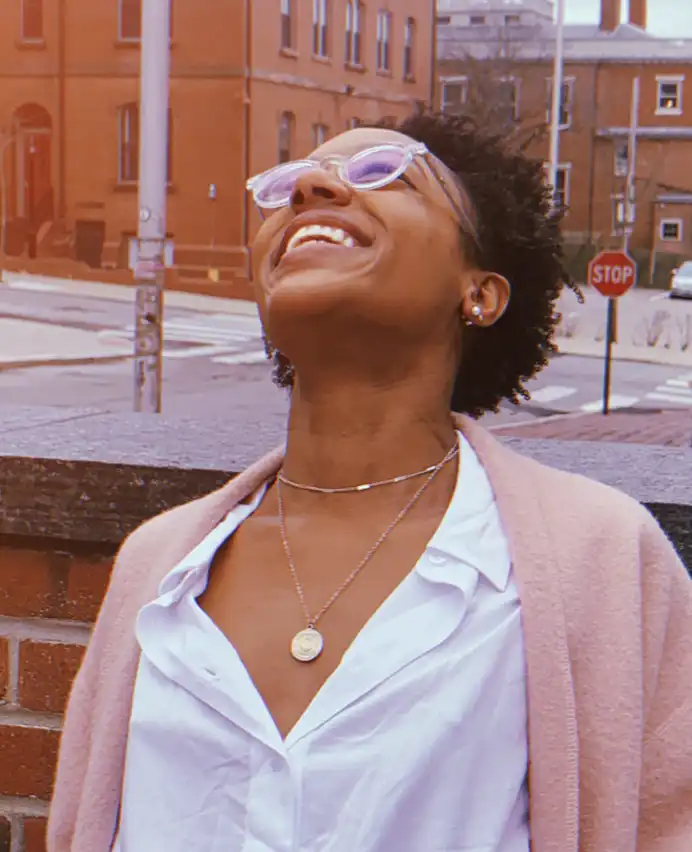What is Color Grading?
Color grading is a post-production process used in video and photography to enhance the visual depiction of images by adjusting colors, enhancing mood, and creating a specific aesthetic or look. It involves altering and correcting the colors of an image or film to achieve a desired tone, effectively setting the ambiance or conveying a specific message to the audience. This technique allows creators to emphasize visual storytelling, making scenes more dramatic, vibrant, and emotive. While color correction aims to achieve a naturalistic look by fixing color imbalances, color grading pushes the creative boundaries to stylize the footage, creating a more compelling visual narrative.
Key Takeaways
- Color grading is a creative process used to adjust and enhance the colors in a visual medium to convey a specific mood or aesthetic.
- It can significantly alter the perception of a scene, impacting the emotional and narrative depth of a visual story.
- Different tools and software, such as Adobe Premiere Pro, DaVinci Resolve, and Final Cut Pro, facilitate the color grading process.
- Color grading is often preceded by color correction, which ensures color consistency before creative adjustments are applied.
The Importance of Color Theory in Color Grading
Color theory plays a crucial role in color grading. By understanding color relationships, colorists can effectively manipulate the mood and tone of a piece. Complementary, analogous, and triadic color schemes can elicit different emotional responses. For example, warm colors like reds and oranges can create a sense of warmth or urgency, while cool colors like blues and greens convey calmness or melancholy. Mastery of color theory allows colorists and designers to create coherent and impactful visual narratives.
Tools and Techniques in Color Grading
Professionals in the field use various tools to achieve desired results in color grading. Industry-standard software like DaVinci Resolve offers an extensive suite of features that allow for detailed manipulation of color attributes. These tools typically include scopes for analyzing color representation, curves for adjusting tonal range, and creative LUTs (Look-Up Tables) to apply specific color profiles. Techniques such as selective color grading, where only a portion of the frame is graded, or secondary color correction, which targets specific hues or brightness levels, are frequently used to refine the color grading process.
The Bottom Line
Color grading is a pivotal element in the visual storytelling process, offering brands, filmmakers, and photographers an opportunity to enhance their work’s emotional and aesthetic appeal. By influencing how audiences perceive and emotionally connect with visual content, color grading can differentiate a brand's visual identity in a competitive landscape. For startups, digital agencies, and e-commerce brands aiming to outsource Marketing and Design roles, investing in skilled color graders ensures the visual integrity and impact of their media outputs. For marketers and designers looking for work, expertise in color grading opens up opportunities to craft compelling, high-quality visual stories that resonate with audiences.
















